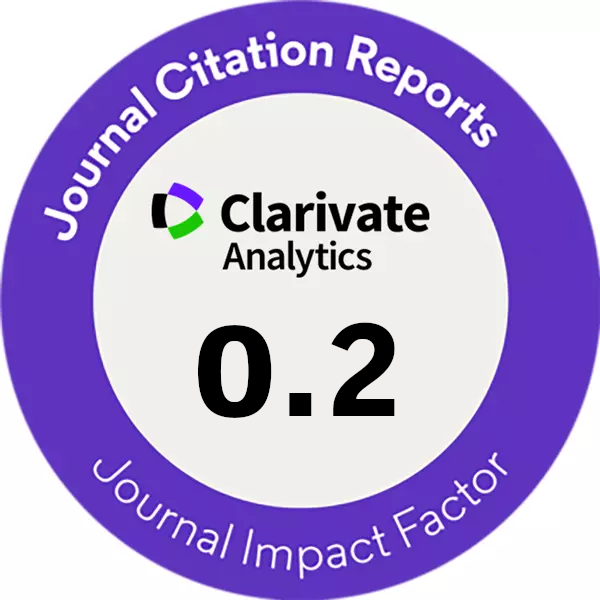COMPARATIVE ASSESSMENT OF RICE HUSK ASH, POWDERED GLASS AND CEMENT AS LATERITIC SOIL STABILIZERS
DOI:
https://doi.org/10.14311/CEJ.2016.03.0016Keywords:
Stabilizing, Atterberg limits, compaction, California bearing ratio, optimumAbstract
This paper compares the stabilizing effects of three different materials, namely: rice husk ash, powdered glass, and cement on the properties of lateritic soil. The basic properties of the lateritic soil were first obtained through colour, moisture content determination, specific gravity, particle size distribution and Atterberg limits tests. Each of the stabilizing materials was then mixed with the lateritic soil in varying percentages of 2.5%, 5%, 7.5%, 10%, 12.5% and 15% by weight of the soil. Thereafter, compaction and California bearing ratio (CBR) tests were carried out on the sample mixes to determine the effects of the materials on the lateritic soil. Chemical tests were also carried out on the samples to determine their percentage oxides composition. The compaction test showed that the highest maximum dry densities (MDD) obtained for the mixed samples were 2.32 g/cm3 (at 2.5% cement addition), 2.28g/cm3 (at 5% powdered glass (PG) addition) and 2.18 g/cm3 (at 5% rice husk ash (RHA) addition) with corresponding optimum moisture contents (OMC) of 10.06%, 14.3% and 12.31% respectively. The CBR tests showed that the CBR values increased in all cases as the materials were added with those of the cement and powdered glass giving the highest values and showing close semblance under unsoaked conditions. The chemical test showed that the significant oxides present in the cement, powdered glass and rice husk ash were CaO (53.60%), SiO2 (68.45%) and SiO2 (89.84%) respectively.
Downloads
References
Morin, W.J. and Todor, P.C. 1975. “Laterite and Lateritic Soils and other Problem Soils of the Tropics”. An Engineering Evaluation and Highway Design Study for United States Agency for International Development. Vol. 1. Lyon Associates, Baltimore, Maryland.
Alexander, L.T. and Cady, J.G. 1992. Genesis and Hardening of Laterite Soils. Technology Bull, 1: 82-88.
Ola, S.A. 1983. Geotechnical Properties and Behaviour of some Nigerian Lateritic Soils in Ola, S.A. Tropical Soils of Nigeria in Engineering Practice. A. A. Balkema: Rotterdam, The Netherlands: 61-84.
Alhassan M., Mustapha M., 2007. Effects of Rice Husk Ash on Cement Stabilized Laterite. Leonardo Rlectronic Journal of Practices and Technologies, vol. 11: 47-58.
Okafor F.O., Okonkwo U.N., 2009. Effects of Rice Husk Ash on some Geotechnical Properties of Lateritic Soil. Nigerian Journal of Technology, vol. 28, no. 1: 46-52.
Eberemu A.O., Edeh J.E.,Gbolokun A.O., 2013. The Geotechnical Properties of Lateritic Soil Treated with Crushed Glass Cullet. Advance Materials Research, vol. 824: 21-28.
Olufowobi J., Ogundoju A., Michael B., Aderinlewo O., 2014. Clay Soil Stabilisation using Powdered Glass. Journal of Engineering Science and Technology, vol. 9, no. 5: 541-558.
El-Kheshen A. A., 2012. Glass as Radiation Sensor. Current Topics in Ionizing Radiation Research, edited by Mitsuru Nenoi (InTech) 579-602
Kumar S., Sangwan P., Dhankhar R., Mor V., Bidra S., 2013. Utilization of Rice Husk and their Ash: A Review. Research Journal of Chemical and Environmental Sciences, vol. 1, no. 5: 126-129.
ELC, 2015. Cement. The Environmental Literacy Council website: http://www.enviroliteracy.org/
environment-society/materials-use/cement/ (April 22, 2016)
Tashima M.M., Silva C.A., Akasaki J.L., Barbosa M.B., 2004. The possibility of adding rice husk ash (RHA) to concrete. In: Proceedings of the 2004 inter-national RILEM Conference on the Use of Recycled Materials in Building and Structures. Barcelona, 778-786.
AASHTO, 1986. Standard specifications for transportation materials and methods of sampling and testing. American Association for State Highway and Transportation Officials. Washington D.C.
Downloads
Published
Issue
Section
License
Copyright (c) 2023 Author

This work is licensed under a Creative Commons Attribution-NonCommercial 4.0 International License.
Authors who publish with this journal agree to the following terms:
- Authors retain copyright and grant the journal right of first publication with the work simultaneously licensed under a Creative Commons Attribution License that allows others to share the work with an acknowledgement of the work's authorship and initial publication in this journal.
- Authors are able to enter into separate, additional contractual arrangements for the non-exclusive distribution of the journal's published version of the work (e.g., post it to an institutional repository or publish it in a book), with an acknowledgement of its initial publication in this journal.
- Authors are permitted and encouraged to post their work online (e.g., in institutional repositories or on their website) prior to and during the submission process, as it can lead to productive exchanges, as well as earlier and greater citation of published work (See The Effect of Open Access).










